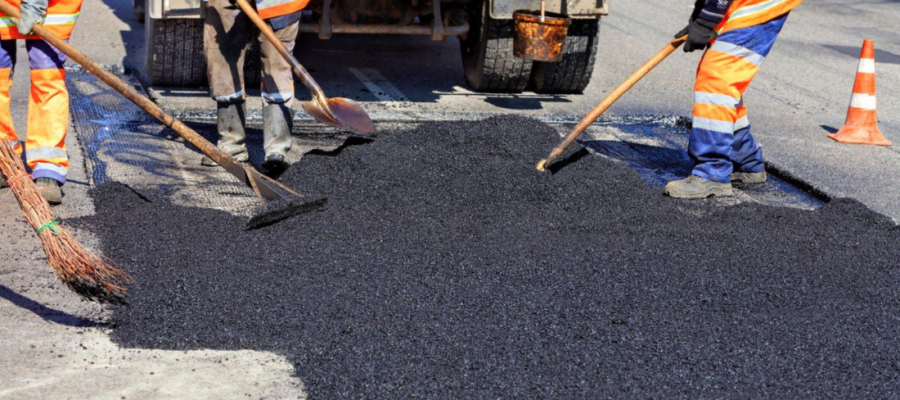
Traffic safety and management are critical aspects of maintaining a smooth and secure transportation network. Effective management of traffic flow not only reduces the risk of accidents but also minimizes congestion and ensures efficient commuting for all road users. Essential equipment plays a pivotal role in achieving these objectives. In this blog, we will explore the must-have tools and technologies that contribute to traffic safety and management.
1. Traffic Signs and Signals:
Traffic signs and signals are the foundation of traffic management. Clear and visible signage guides drivers, pedestrians, and cyclists, providing crucial information about speed limits, intersections, pedestrian crossings, and potential hazards. Signal systems, including traffic lights, help regulate traffic flow, preventing accidents and easing congestion.
2. Surveillance Cameras:
Surveillance cameras are invaluable for monitoring traffic conditions and identifying potential issues in real-time. They provide traffic authorities with live feeds and recordings of roadways, allowing them to respond quickly to accidents, breakdowns, or traffic incidents.
3. Variable Message Signs (VMS):
VMS displays are digital signs that can change their message as needed. These signs are useful for providing real-time updates on traffic conditions, accidents, road closures, and detours, helping drivers make informed decisions for their routes.
4. Speed Measurement Devices:
Speed measurement devices, such as radar guns and speed cameras, help enforce speed limits and deter speeding. These tools play a crucial role in reducing accidents caused by excessive speed and promoting safe driving behavior.
5. Traffic Control Towers:
Traffic control towers serve as command centers for managing traffic across a region or city. Equipped with advanced communication systems and real-time data feeds, these towers enable traffic authorities to coordinate responses to emergencies and optimize traffic flow.
6. Intelligent Transportation Systems (ITS):
ITS integrates various technologies to improve traffic safety and efficiency. These systems include traffic monitoring, vehicle detection, adaptive traffic signal control, and dynamic message signs. ITS enables real-time adjustments to traffic patterns, reducing delays and enhancing safety.
7. Incident Management Equipment:
Incident management equipment, such as emergency response vehicles, tow trucks, and road safety barriers, are essential for clearing accidents and obstructions quickly. Efficient incident management minimizes road closures and keeps traffic flowing smoothly.
8. Traffic Data Analytics Tools:
Traffic data analytics tools help analyze traffic patterns, identify bottlenecks, and make data-driven decisions for road infrastructure improvements. These tools aid in long-term planning and optimization of traffic management strategies.
9. Vehicle Detection Systems:
Vehicle detection systems use sensors to identify the presence of vehicles at intersections and roadway segments. They enable adaptive traffic signal control and optimize signal timings, reducing wait times and enhancing traffic flow.
In conclusion, providing essential equipment for traffic safety and management is crucial for creating safer roads and smoother traffic flow. From traffic signs and signals to advanced ITS technologies and traffic data analytics tools, each piece of equipment contributes to efficient traffic management and accident prevention. By investing in these tools and technologies, traffic authorities can ensure a safer and more enjoyable commuting experience for everyone on the roads.
- July 19, 2023
- By: admin
- Category:Uncategorized
- no comments
- Tags: road safetyTraffic safety and management
Related Posts

- April 11, 2024
- By: admin
- in: Uncategorized



